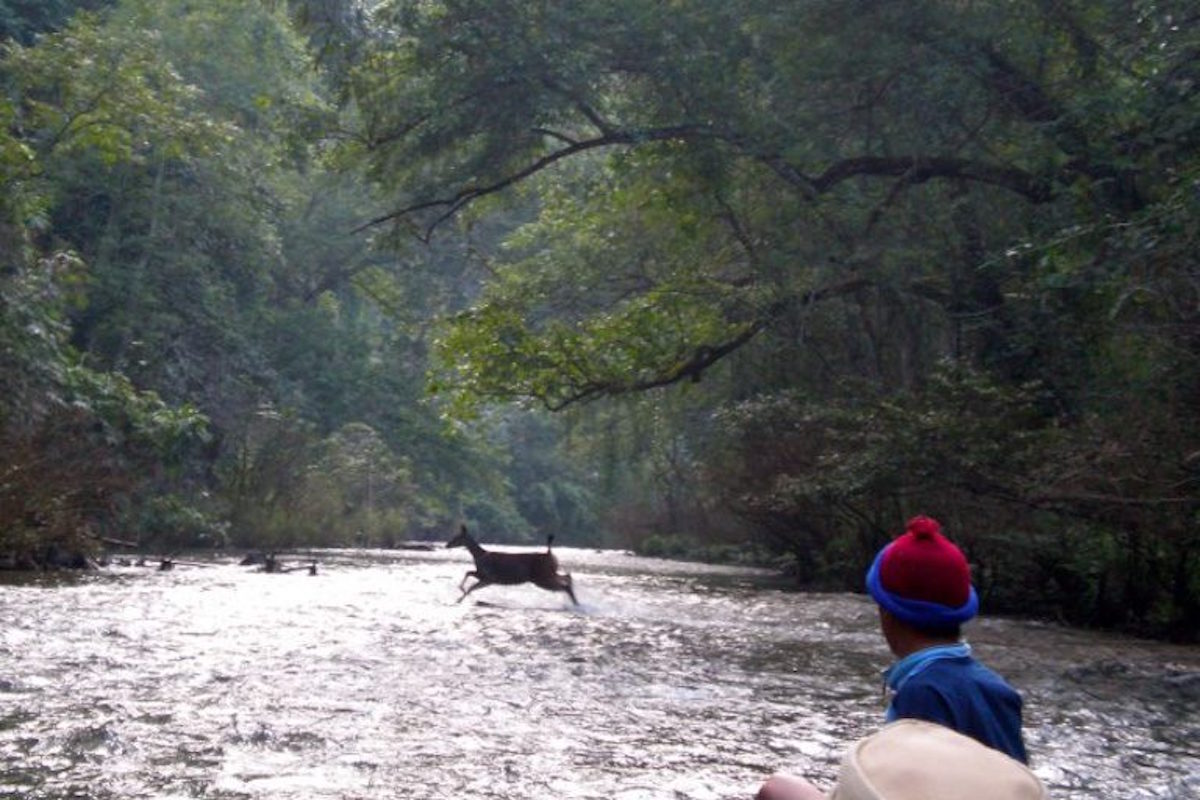The sky is pitch black when Than Bunthorn leaves home for the paddy field. His body sways atop an old oxcart as it bumps along a small dirt track. Dawn is still some hours away. But for the farmer, work begins as early as 3am.
The 51-year-old has another long day ahead of him. Six hectares of rice field takes him a month to cultivate and seed. He owns no farm machinery, only two oxen and a wooden plough. But that is enough to get work done before the annual floods, when water fills his land and rice begins to float.
A resident of Tnot Village in Kampong Thom province, Bunthorn is among a few remaining farmers in Cambodia who still grow floating rice in deep water. The technique is a traditional farming method that could offer a sustainable, eco-friendly alternative for the country’s rice production in the face of climate change.
“Floating rice grows with floods,” Bunthorn said. His rough, sunburnt skin hints at decades of toiling in harsh weather.
“No matter how deep it is, the rice can survive. It can float high above the ground and doesn’t need much care until harvest time.”





